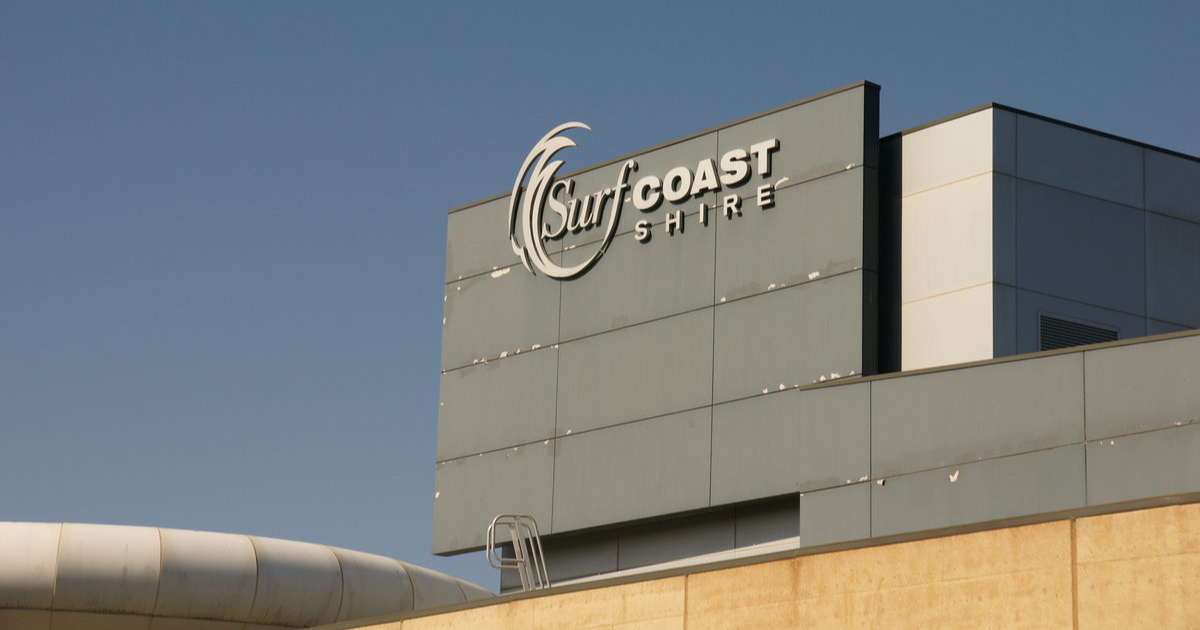Revegetation efforts target Lorne, Kennett River and Torquay

A drill and fill treatment method has been used by rangers in Taylor Park to tackle overcrowding and encourage indigenous ground cover to return to the park. Photos: SUPPLIED
THE Great Ocean Road Coast and Parks Authority’s (the Authority) conservation team has teamed up with community groups to help revegetate and manage weeds in popular coastal areas across Torquay, Lorne and Kennett River.
In Torquay, efforts have been concentrated on the management and treatment of large woody weeds in Taylor Park, with overcrowded sugar gums, sallow wattle and bushy yate given a “drill and fill” treatment in an attempt to encourage the return of indigenous ground cover to the park.
Meanwhile over in Kennett River, rangers and volunteers have been working to manage weeds and spread mulch along the riparian zone of the Kennett River.
Last week, the conservation team supported the Kennett Community Action Group (KCAG) in a community-led initiative that saw the planting of more than 550 native trees, grasses and shrubs along the river in support of ongoing regeneration works to the area.
The plant species were selected by the Authority, while the seeds were collected and propagated by the Southern Otway Landcare Network’s Shrub Club and privately funded by KCAG.
Taking a citizen science approach, KCAG and the Kennett River community will now assist the Authority in monitoring the health of the plants and managing weeds.

In Lorne, working alongside volunteers from LorneCare, the focus has been on the revegetation of Windy Point and the Two Sisters car park area.
On August 18, community members will come together to plant approximately 1,000 indigenous species of grasses and shrubs across the area, with everyone invited to join the working bee.
In the coming weeks, the Great Ocean Road Coast and Parks Authority will shift its attention to Petticoast Creek near Apollo Bay, with the aim of tackling a sea spurge infestation.
The invasive weed is a threat to native fauna and flora in coastal areas, including the vulnerable Hooded Plover, and has been known to displace local species in the regions it infiltrates.
“Our commitment doesn’t stop here,” Great Ocean Road Coast and Parks Authority director of environment and coastal operations Dr Lisa Mills said.
“We’ll continue to monitor these sites, tackle any weeds and support the young plants as they establish themselves and thrive.
“By targeting weeds and increasing native vegetation cover we can build resilience into coastal ecosystems.
Dr Mills said the organisation was thankful to all the volunteers “rolling up their sleeves” to help care for the region’s beautiful coastline.
This article has been updated.

















